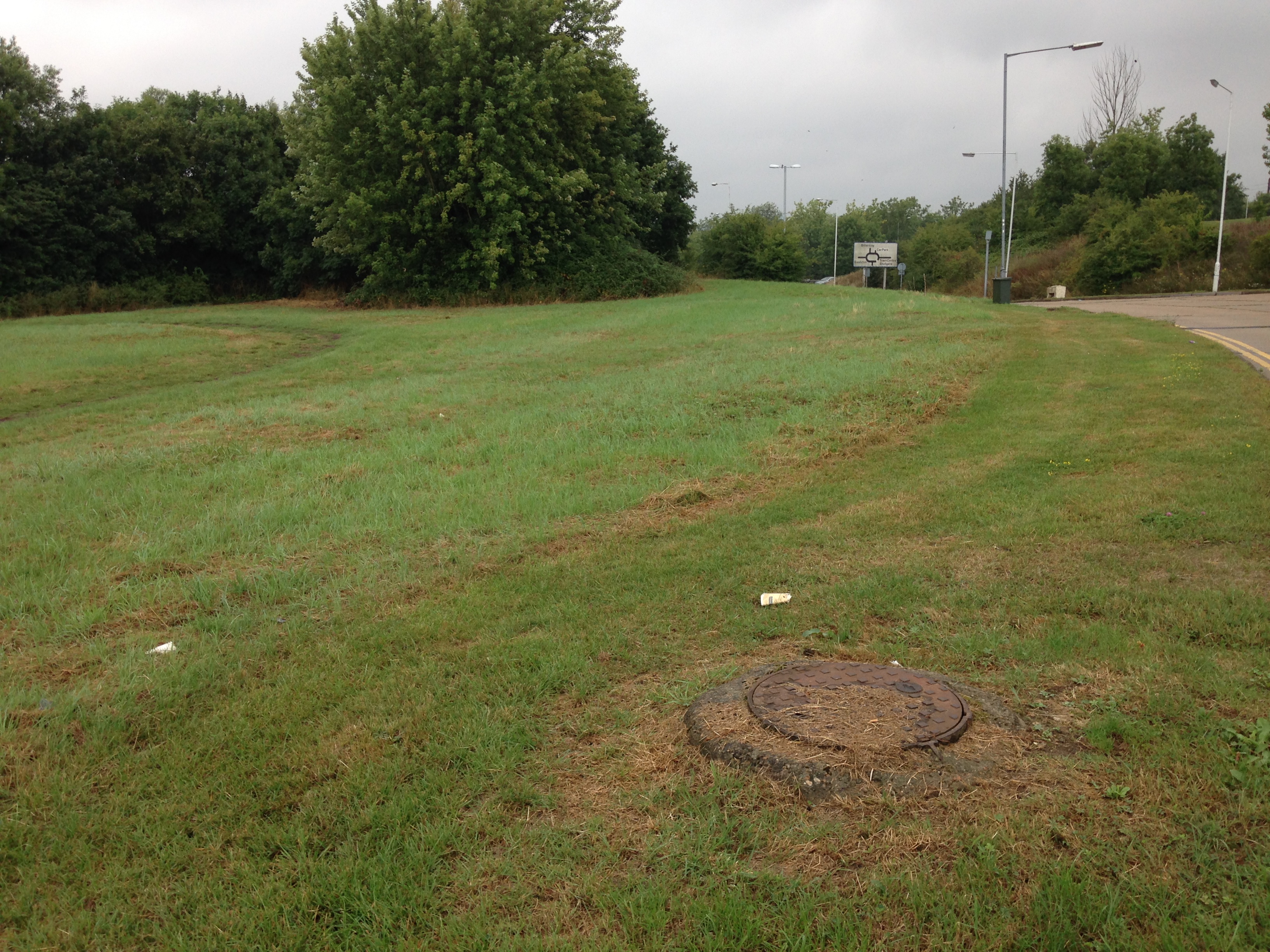Is the NPPF Trying to Nationalise the Sale of Land?
The draft NPPF was published in March 2018 and stated at Paragraph 34 that “plans should set out the contributions expected in association with particular sites and types of development. This should include setting out the levels and types of affordable housing provision required, along with other infrastructure (such as that needed for education, health, transport, green and digital infrastructure). Such policies should not make development unviable, and should be supported by evidence to demonstrate this. Plans should also set out any circumstances in which further viability assessment may be required in determining individual applications”
Paragraph 57 then went on the state that “planning obligations should only be sought where they meet all of the following tests: a) necessary to make the development acceptable in planning terms; b) directly related to the development; and c) fairly and reasonably related in scale and kind to the development.”
The HBF have argued that Paragraph 34 was not consistent with paragraph 57 in that it moved away from the rules set out in paragraph 57 (and the tests set out in Regulation 122 of the Community Infrastructure Levy Regulations 2010) into the realms of value capture.
The revised 2018 Framework which was published on 24th July 2018 has been revised to state at paragraph 57: “Where up-to-date policies have set out the contributions expected from development, planning applications that comply with them should be assumed to be viable. It is up to the applicant to demonstrate whether particular circumstances justify the need for a viability assessment at the application stage”.
Viability has moved from a standalone matter to a key consideration within planning decisions in both policy and development management. This significant shift now requires viability to be dealt with at the plan making stage, thus shifting responsibility on LPAs as opposed to developers. Essentially, LPAs will now be required to set strategic site allocations, infrastructure requirements and a minimum level of affordable housing which they consider viable.
Viability in short is the difference between the price paid for a site compared to the costs of building a development. A development scheme is only viable if, after taking into account all development costs into account including site value, the scheme provides a competitive return so that a scheme can be implemented and the land value is sufficient to incentivise a landowner to sell.
Components of Viability
I’m no surveyor but my simple mind understands that viability comprises:
- Value of land
- Development costs
- Return to Developer
1.Land Value
The starting point to assessing viability is to establish the benchmark land value. The Benchmark Land Value is made up of the Existing Use Value with a premium to the landowner which should reflect the minimum price at which a landowner would be willing to sell their land.
The price at which a landowner would be willing to sell their land can be subjective as an individual may wantmore than the actual value of a site. Where a local authority may be under pressure to deliver sites and their preferred sites undeveloped by landowners not wishing to sell as depressed values, sites may be granted permission either by either LPA or on appeal. As the HBF rightly point out this will not result in homes being developed faster or more sustainably.
Existing Use Value (EUV) is defined as the value of the land in its existing use together with the right to implement any development for which there are extant planning consents, including realistic deemed consents, but without regard to other possible uses that require planning consent, technical consent or unrealistic permitted development
EUV can be established by assessing the value of the specific site or type of site using a range of sources of information. The NPPG advises that:
“Determining the existing use value of the land should be based on the assumption that no future planning consents will be obtained, but including the value of any consented use”.
The NPPG requires Benchmark Land Value to:
- Fully reflect the total cost of all relevant policy requirements including S106 and CIL
- Include abnormal costs, site specific infrastructure costs and professional site fees
- Allow for a premium to landowners (including equity resulting from those building their own homes); and
- Be informed by comparable market evidence of current uses, costs and values wherever possible. Where recent market transactions are used to inform assessment of benchmark land value there should be evidence that these transactions were based on policy compliant development. This is so that previous prices based on non-policy compliant developments are not used to inflate values over time.
The Benchmark Land Value would be established through engagement with plan makers, landowners, developers, infrastructure and affordable housing providers. Whilst engagement makes sense, it is not clear who would intervene if parties disagree on what the Benchmark Land Value should be.
A premium to the landowner above the Existing Use Value would be determined by plan makers in consultation with developers and landowners and a minimum premium can be established by looking at comparable sites which would establish the price paid having regard to outliers in market transactions, the quality of land, expectations of local landowners and different site scales.
2. Development Costs

Costs are defined as follows:
- Build costs based on appropriate data, for example that of the Building Cost Information Service;
- Abnormal costs, including those associated with treatment for contaminated sites or listed buildings, or costs associated with brownfield, phased or complex sites. These costs should be taken into account when defining benchmark land value;
- Site-specific infrastructure costs, which might include access roads, sustainable drainage systems, green infrastructure, connection to utilities and decentralised energy. These costs should be taken into account when defining benchmark land value;
- The total cost of all relevant policy requirements including contributions towards affordable housing and infrastructure, Community Infrastructure Levy charges, and any other relevant policies or standards. These costs should be taken into account when defining benchmark land value;
- General finance costs including those incurred through loans;
- Professional Fees, project management, sales, marketing and legal costs incorporating organisational overheads. Any professional site fees should also be taken into account when defining benchmark land value; and
- Explicit reference to project contingency costs should be included in circumstances where scheme specific assessment is deemed necessary, with a justification for contingency relative to project risk and developers return.
The NPPG requires as far as possible for costs to be included at the plan making stage
3. Return to Developers
A return to developers is assumed at 20% of Gross Development Value or 6% in consideration of affordable housing. The NPPG advises that Plan makers may choose to apply alternative figures where there is evidence to support a different figure according to the type and scale of development.
Gross Development Value is defined as total sales and/or capitalised net rental income. These can be calculated using market evidence from the site itself or from comparable existing developments and adjusted to suit the site circumstances.
The HBF argue that The proposal to include just 20% of gross development value as a suitable return to a developer (with a lower figure of just 6% on the delivery of affordable housing) will not be appropriate in all circumstances or for all types of developer. While the guidance on viability acknowledges this fact it gives no guidance on when deviation from this standard approach would be necessary. It is also unclear from the guidance as to whether the application of “alternative figures” might result in a lower return to a developer as well as a higher one.
Transparency & Commercially Sensitive Information
The NPPG sets out in detail the approach to be taken to ensure accountability of assessments, and that assessments should be prepared and published in such a way to aide and support decision makers. The NPPG requires the preparation of a summary report using a standard template currently being created by CLG.
Assessments should be drafted on the basis that they will be made publicly available other than in exceptional circumstances. This aligns with the London Mayor’s approach that assessments would be made public where a developer would not commit to providing 50% affordable housing on public land, and 35% on private land.
The HBF would agree with the NPPF at paragraph 58 which suggests that where a site cannot support a policy compliant application (for site specific reasons) then a viability assessment should still, in exceptional circumstances, be submitted. However, there would still be elements of such appraisals that are commercially sensitive and have suggested that applicants should be allowed to agree with local planning authorities where this is the case and why and agree that this limited information is redacted.
The HBF also believes that there should be a clear transition period to move towards this radical new approach of development viability. Many sites and projects will be considerably advanced towards development using the current assumptions and methodology of site by site negotiation. An overnight change to this regime will threaten many sites in terms of meeting agreed minimum land values. A transition period of at least five years is considered appropriate.
All in all, the proposed change to viability assessments could well result in a slow down with less homes being delivered faster and in a sustainable manner.







